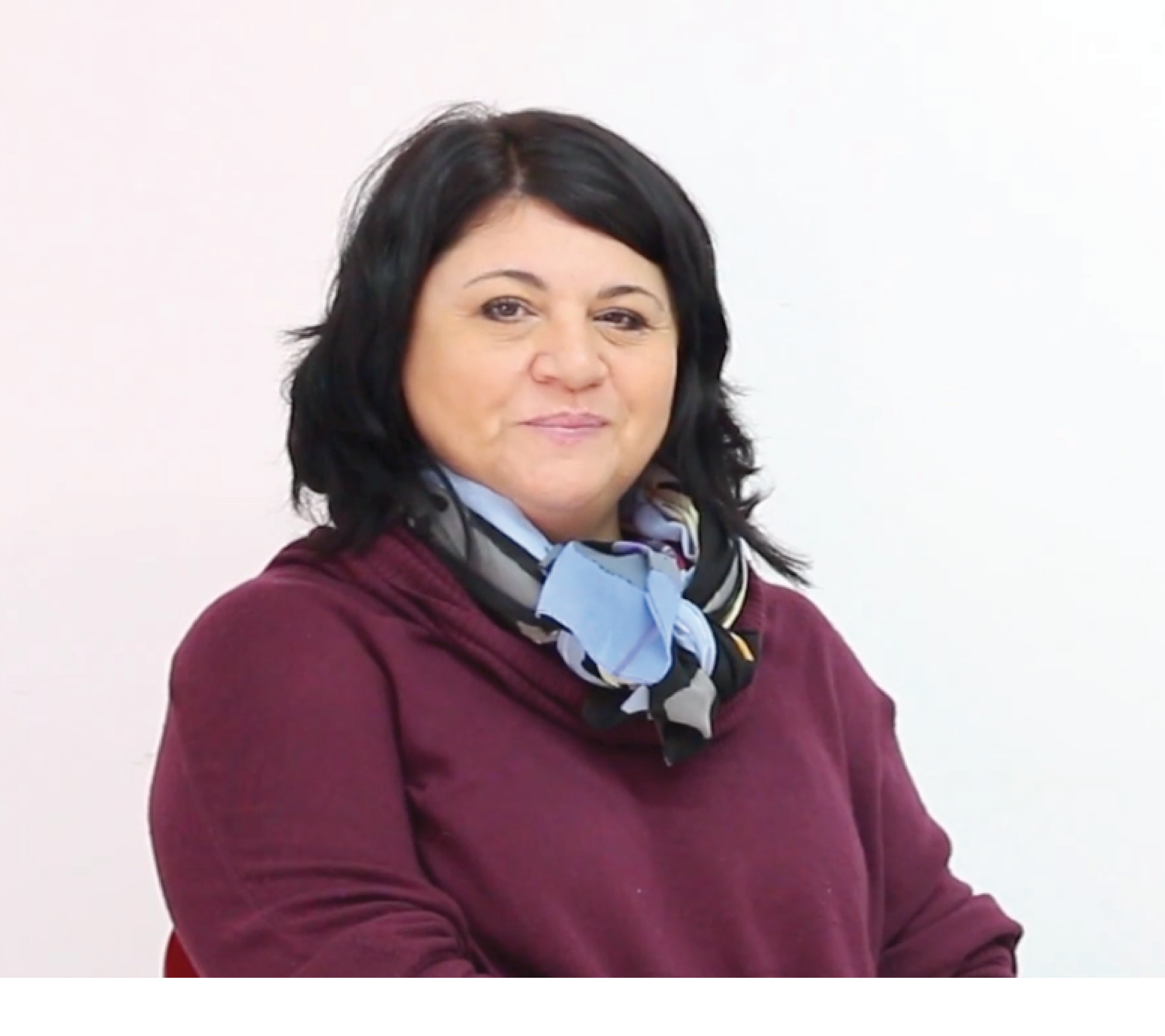
My considerations on teaching ESL
Our Teacher coordinator Rita Iemma speaks about her considerations on being an ESL teacher.. Give it a look!
I’ve been talking about doing this for quite some time now, so here it goes, I’m going to write about how I’ve lived the past 30 odd years of my working life and that is… teaching ESL.
Why do I want to do so? Mostly because I would really like to share with those of you that will read these articles what my students have taught me in all these years which in reality can be summed up in a very brief sentence, and that is… “Nobody can teach anybody how to speak a foreign language.”
This doesn’t mean that I have been pretending all along to be a good, qualified, certified ESL teacher, obviously not, it means that I have understood that the verb “to teach” is in reality inappropriate in this case.
My teaching has undergone, in all these years, a metamorphosis because I started with all the proper intentions, I taught all the grammar rules, and did all the phonetic exercises, did the drilling and gave homework only to realize that my students were just not learning to speak.
Speaking is one of the most immediate forms of communication in almost all cultures, so it is also the most important skill to learn when picking up a new language. However, my very intelligent, very smart, very motivated students were having a rather hard time speaking the minute I started to add lib or in any way deviate from the typical “ What is your name?”, “ How long have you been living in Rome?”, or “ What is your favourite color?”
I started questioning the traditional approach to teaching, but in fact, started wondering if in reality they needed a teacher to learn a new language.
My conclusion, after some experimenting and adjustments here and there, is that they need someone to correct them when they are wrong, to show them how to listen, to tell them how to open and close their mouth, to ask them to repeat, to tell them what to watch, how to watch and when to watch; in other words, a parent.
Just like your mother and father taught you to speak your native language, without the use of grammar books but through constant corrections and constant input, the modern ESL “teacher” should become a language educator, always alert where there is a mispronunciation, or where the wrong syllable is stressed. She should stay on the objective of the lesson but not be afraid to give extra input of phrasal verbs or idiomatic expressions when and where they pop up.
In other words, she should try to reach the objective that all parents want to reach when teaching their children to speak, which is to communicate so that they get their glass of water when they are thirsty.
Many thanks to Rita for her contributions to our school of English Say Yes!
